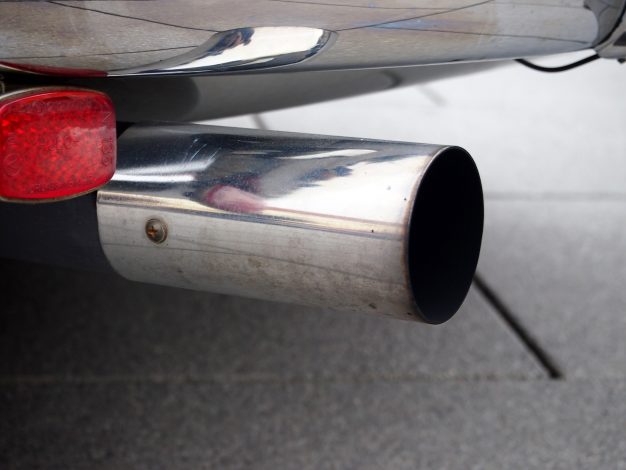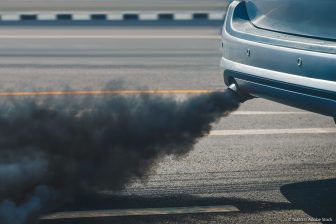
City traffic ‘could be behind’ two million childhood asthma cases annually – report
Traffic-related pollution levels in some of the biggest cities on earth may be directly responsible for a staggering number of childhood asthma cases – almost two million – every year, say researchers.
It is the first study of its type to estimate the true burden of childhood asthma cases caused by this pollutant in more than 13,000 cities, stretching from Los Angeles to Mumbai.
Researchers at George Washington University in the USA looked at ground concentrations of nitrogen dioxide (NO2), a pollutant which comes from vehicle tailpipe vehicle emissions, power plants and industrial sites.
They also tracked new cases of asthma that developed in children from 2000 until 2019. Asthma is a chronic illness that causes inflammation of the lung’s airways.
“Our study found that nitrogen dioxide puts children at risk of developing asthma and the problem is especially acute in urban areas,” said Susan Anenberg, one of the report’s co-lead authors, and a professor of environmental and occupational health at the George Washington University, said. “The findings suggest that clean air must be a critical part of strategies aimed at keeping children healthy.”
Among their conclusions were:
- Of the estimated 1.85 million new childhood asthma cases attributed to NO2 globally in 2019, two-thirds occurred in urban areas
- The fraction of childhoold asthma cases linked to NO2 in urban areas dropped recently, probably due to tougher clean air regulations put in place by higher income countries like the USA
- Despite the improvements in air quality in Europe and the U.S, dirty air, and particularly NO2 pollution, has been rising in South Asia, Sub-Saharan African and the Middle East
This latest report by GW follows a previous study which found that NO2 was linked with about 13 per cent of the global childhood burden of asthma, and up to half of the asthma cases in the world’s 250 most-populated cities. Overall, the fraction of childhood asthma cases linked to NO2 fell from 20 per cent in 2000 to 16 per cent in 2019.
Cleaner air levels in both Europe and parts of the U.S. have meant big health benefits for children, especially those living in neighbourhoods near busy roads and industrial sites. But, says the report, much more needs to be done, both in higher income countries and in parts of the world still struggling to curb harmful emissions from vehicles and other sources of NO2.
Another study by Veronica Southerland at GW, Anenberg and their colleagues, claims that 1.8 million excess deaths in 2019 alone are linked to urban air pollution. This particular study shows that 86 per cent of adults and children living in cities around the world are exposed to a level of fine particulate matter that exceeds the guidelines set by the World Health Organization.
“Reducing fossil fuel-powered transportation can help children and adults breathe easier and may pay big health dividends, such as fewer cases of pediatric asthma and excess deaths,” Anenberg said. “At the same time, it would also reduce greenhouse gas emissions, leading to a healthier climate.”
Both studies appear Jan. 5 in the Lancet Planetary Health.
The first study, “Long-term trends in urban NO2 concentrations and associated pediatric asthma incidence: estimates from global databases,” was funded by the Health Effects Institute and NASA.
The second study, “Global urban temporal trends in fine particulate matter and attributable health burdens: estimates from global datasets,” was supported by NASA and the Wellcome Trust.




